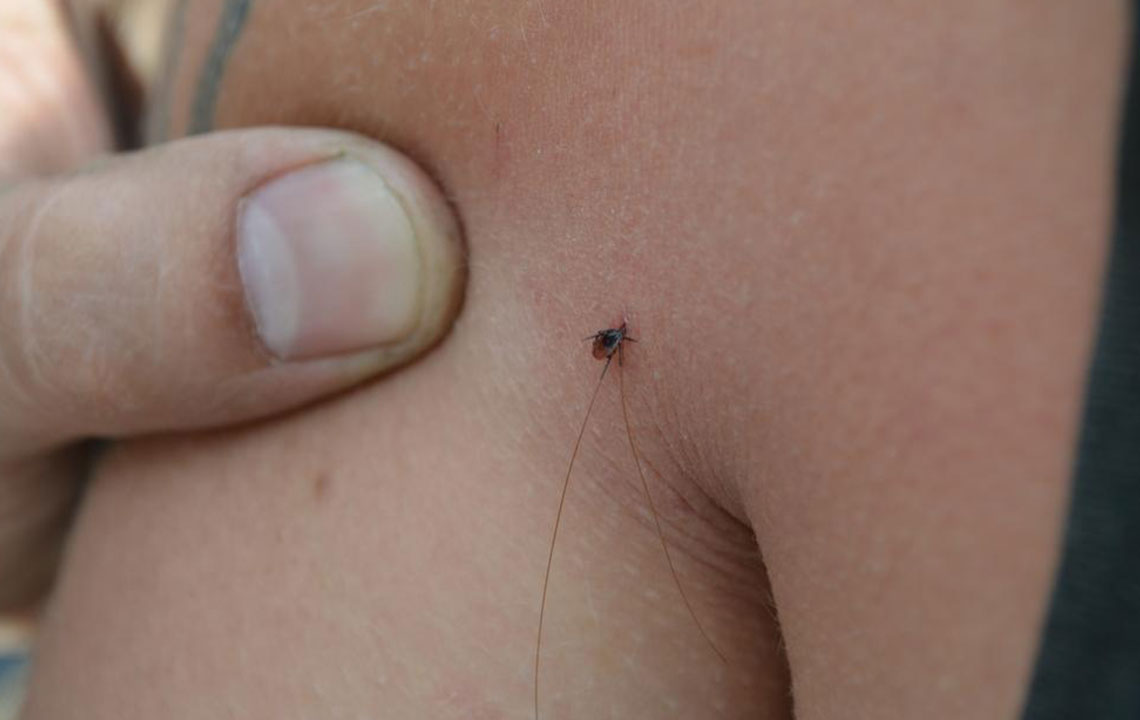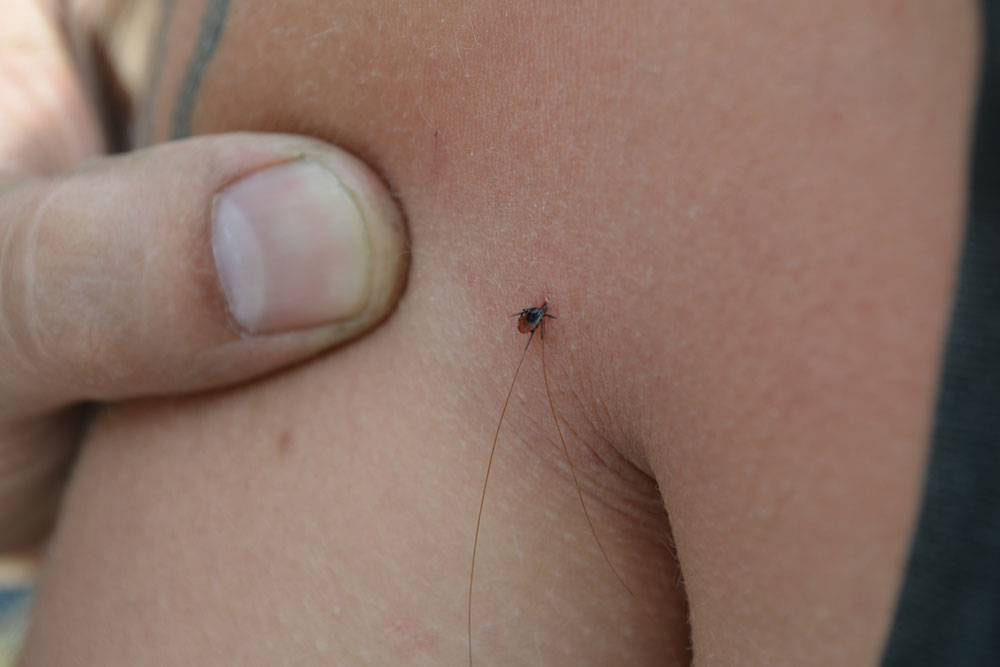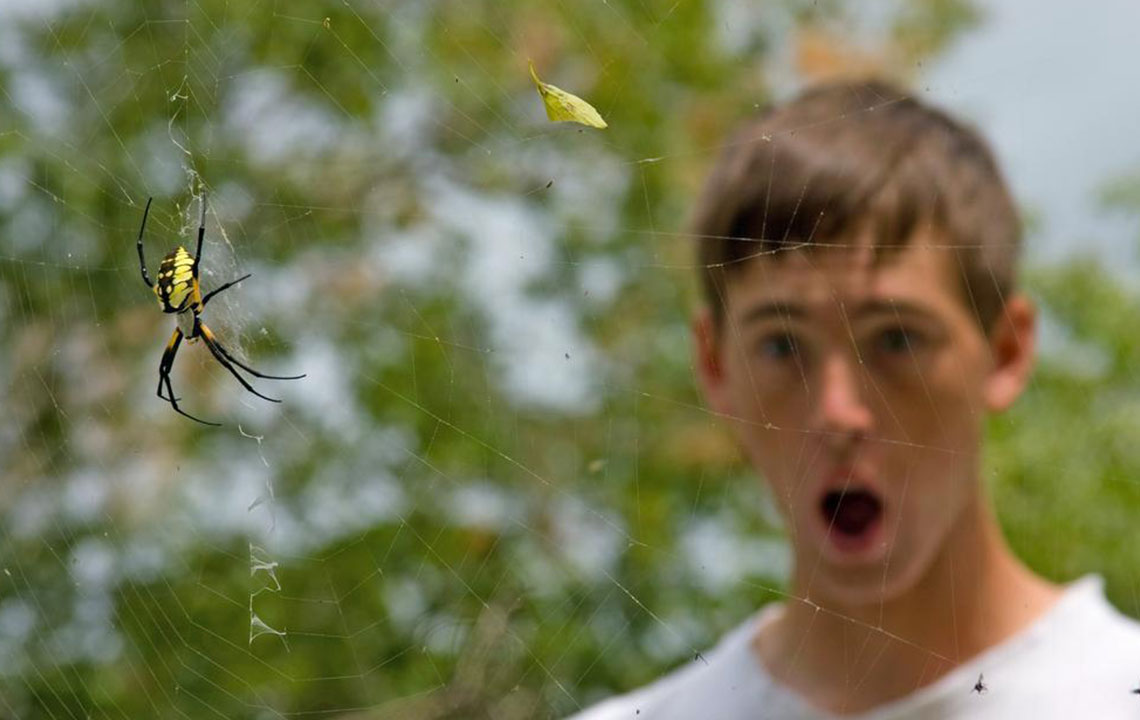Essential Tips for Recognizing and Treating Spider Bites
This guide offers essential tips on recognizing, managing, and treating spider bites. It covers common symptoms, distinguishes between harmless and venomous bites, and provides home care advice. Recognizing dangerous spiders like black widows and brown recluses ensures prompt medical attention when needed, preventing complications. Learning to identify these spiders and understanding bite signs help in effective first aid, promoting quick recovery and safety during outdoor activities.

How to Detect and Manage Spider Bites Effectively
Not every spider bite requires alarm. Most spiders are non-aggressive and prefer quiet, dark hiding spots. They usually bite only if disturbed or threatened. Recognizing a bite is key, as many are mild and heal with simple care, while proper treatment can prevent complications.
Understanding the signs helps ensure correct response. Early care, such as cleaning and medication, speeds recovery and avoids infection.
Why Some Spiders Bite
Wild spiders may bite when feeling threatened, especially if they are venomous. Most non-venomous spiders bite in self-defense and are harmless, often going unnoticed. Bites appear as red, itchy marks that fade within days, and many spiders have small fangs that don’t penetrate deeply, causing little or no pain.
While some bites are painless, others may feel like a burning sensation. Quick identification helps determine if venomous spider involvement is suspected, as certain bites and symptoms may develop over time.
Signs of a spider bite include swelling, redness, rashes, blisters, localized pain, sweating, headaches, fever, chills, and increased blood pressure. Since healing can take longer than insect bites, immediate cleaning and care are essential to prevent infections.
Home Treatment for Innocuous Spider Bites
If bitten by a non-venomous spider, basic home remedies are often enough. Try these steps:
Apply an ice pack for short intervals to reduce swelling
Use antihistamines to control itchiness
Keep the bite area clean to avoid infection
Apply antibiotic ointment if blisters appear
If bitten by a venomous spider or if symptoms worsen, seek professional medical attention promptly.
Detecting Toxic Spider Bites
Identification is easier if you see the spider involved. Common dangerous spiders include:
Black Widow
The female black widow is shiny black with a red hourglass on its abdomen. Its bite can be serious, requiring immediate medical care. Usually, bites result in two distinct skin spots.
Brown Recluse
This spider prefers secluded dark areas and bites when threatened. Its bite shows a "bull’s eye" pattern and becomes noticeable about 8 hours later. Symptoms include redness, itching, headache, and fever if untreated.
Hobo Spider
Known for rapid movements and long legs, a bite can cause symptoms within 15 minutes. If untreated, the wound may turn black within a day.
Tarantula
Living under rocks, tarantula bites are less harmful but may cause low blood pressure, rapid heartbeat, or swelling. Seek medical aid immediately.
Wolf Spider
With large eyes and ground stalking habits, wolf spiders can cause skin tears, pain, swelling, or tissue damage. Early recognition is important for effective treatment.
Camel Spider
Found in desert areas, camel spiders bite by tearing the skin but do not inject venom. Without proper care, open wounds risk infection.
Jumping Spider
Colorful and capable of jumping, this household spider can bite with a sting similar to a wasp’s. It may be poisonous to allergic individuals. For serious bites, medical advice is recommended. Though less common indoors, these spiders might be encountered outdoors during activities like camping. Knowing how to identify and respond to these spiders can be life-saving.


